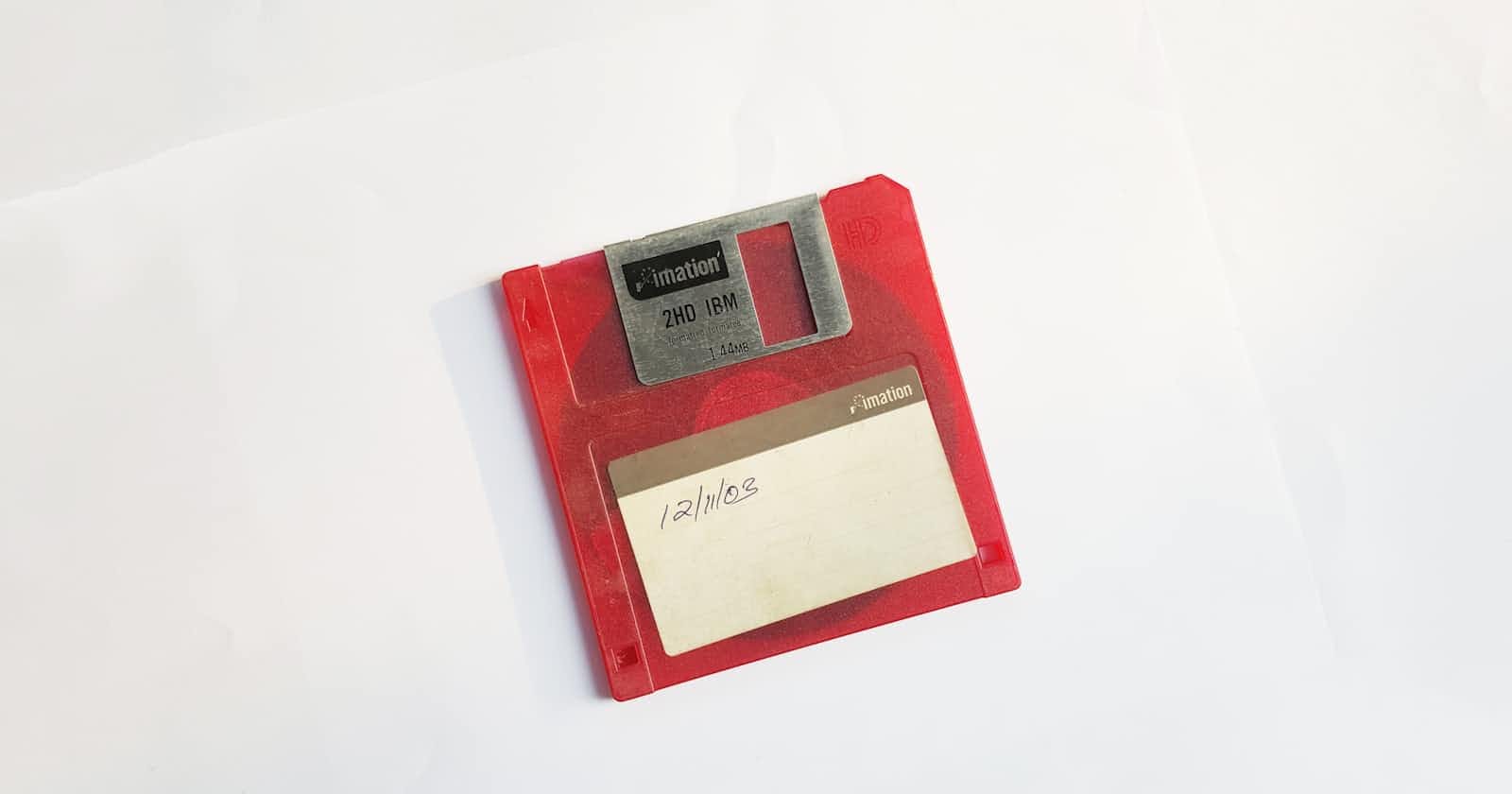Java's memory management and garbage collection system are essential aspects of building reliable and efficient Java applications. Let's break down these concepts in simple terms.
Memory Management in Java:
In Java, when you create objects like variables, arrays, or instances of classes, they are stored in what's called the "heap memory." Think of the heap as a big pool of memory where Java stores all these objects.
Garbage Collection:
As your Java program runs, it creates and uses many objects. Sometimes, these objects are no longer needed, but they still occupy memory space. That's where garbage collection comes in.
Garbage collection is like a cleanup crew for your program's memory. It automatically finds and removes the objects that are no longer in use, freeing up memory for new objects.
Young and Old Heap:
The heap memory is divided into two main parts: the "Young Generation" and the "Old Generation."
Young Generation: This is where new objects are created. Think of it as a playground for fresh objects.
Old Generation: This is where long-lasting objects reside. Objects that survive multiple cleanups in the Young Generation eventually move here.
How Garbage Collection Works:
Young Generation Cleanup:
Garbage collection starts by checking the Young Generation for unused objects. It removes the ones that are no longer needed.
Young Generation cleanup happens frequently because many objects become unused shortly after creation.
Old Generation Cleanup:
Objects that survive multiple Young Generation cleanups are moved to the Old Generation.
Garbage collection in the Old Generation is less frequent but more thorough.
Tuning Garbage Collection:
You can adjust how garbage collection works based on your application's needs.
Heap Size: You can change the amount of memory allocated to the heap.
Garbage Collector: Java offers different garbage collection algorithms, each with its own strengths and weaknesses.
Monitoring: Tools are available to monitor garbage collection activity, helping you optimize performance.
Conclusion:
Understanding Java's memory management and garbage collection basics is crucial for writing efficient and scalable Java applications. By grasping these concepts, you can ensure that your programs use memory efficiently, run smoothly, and provide a better experience for users.
In summary, Java's memory management and garbage collection system work behind the scenes to keep your programs running smoothly, freeing you from worrying about memory leaks and manual memory management.


